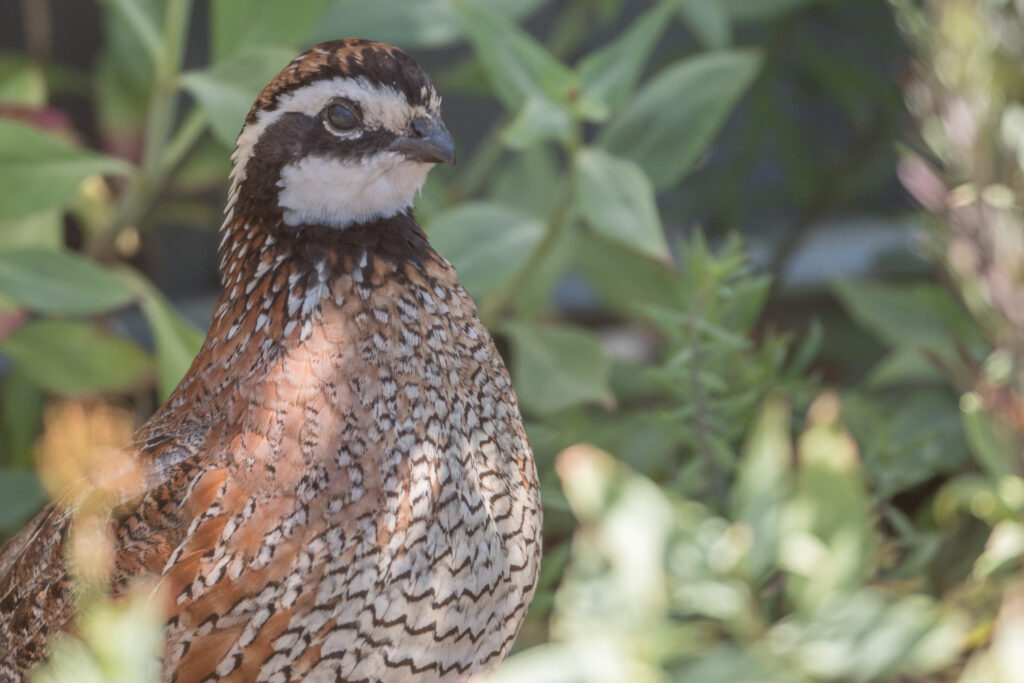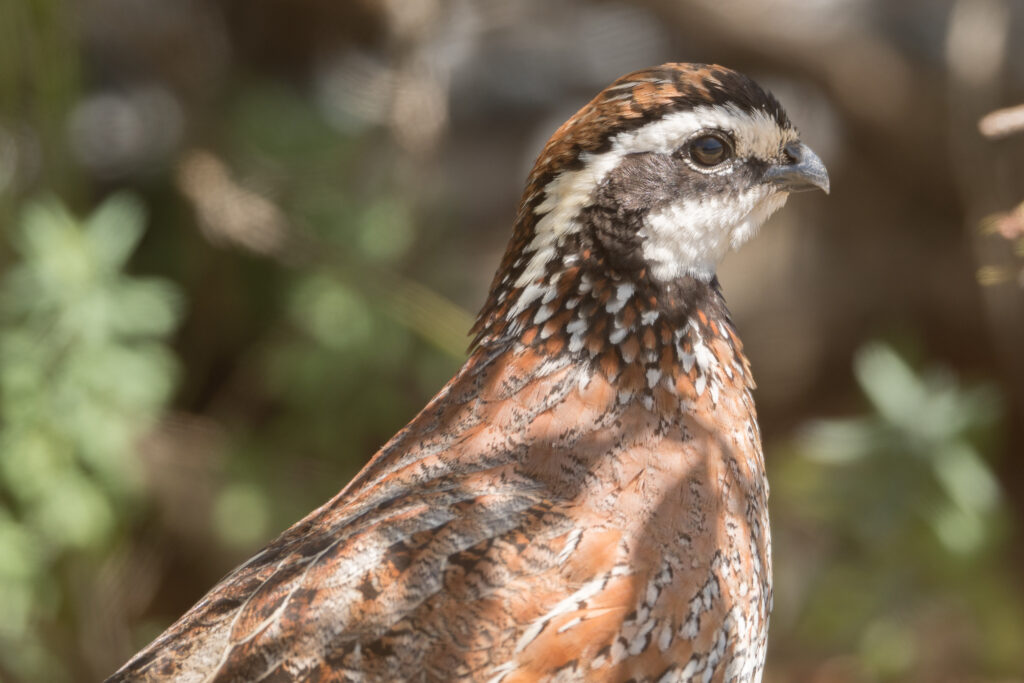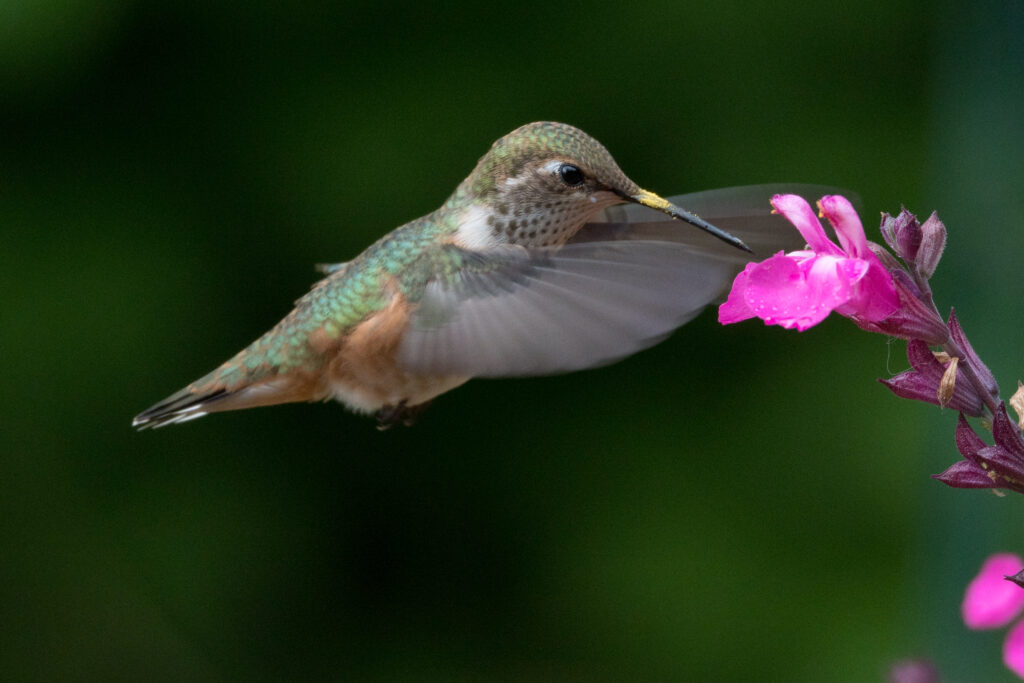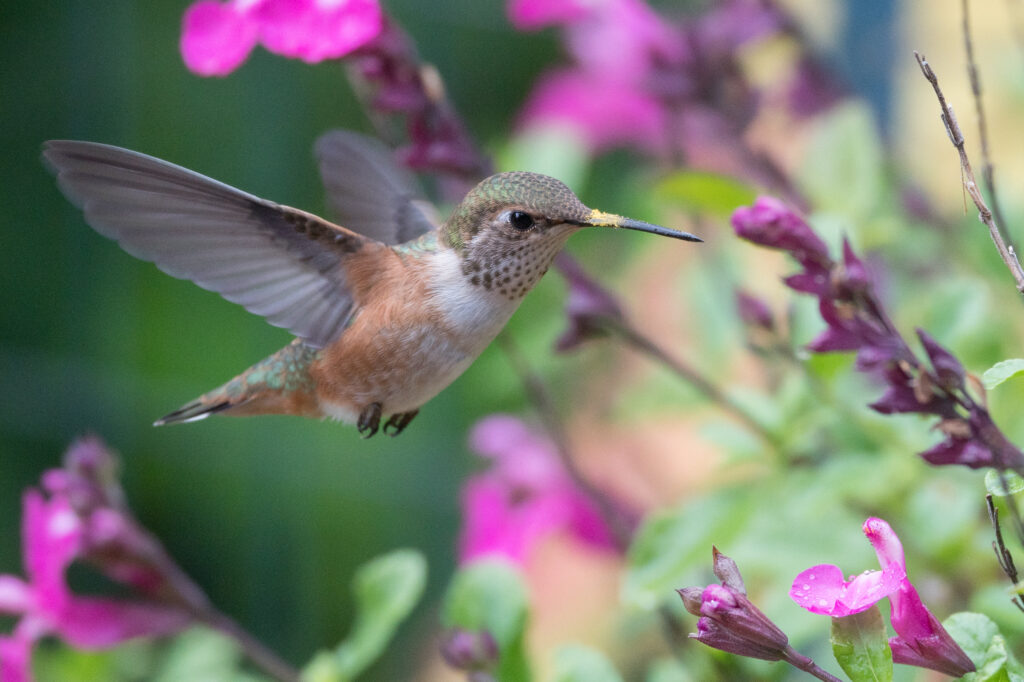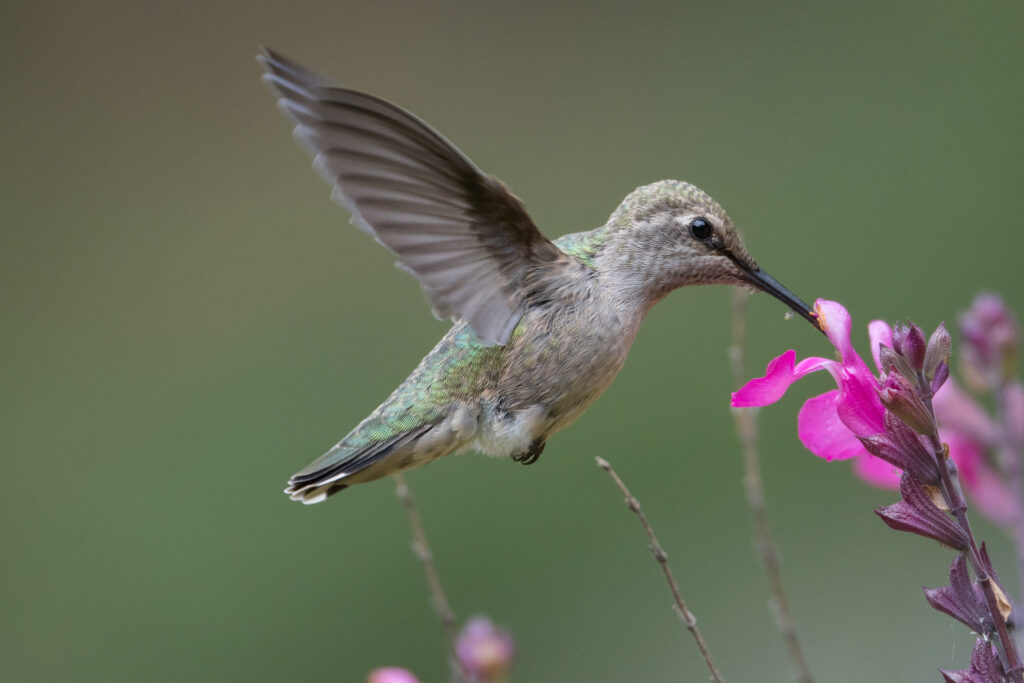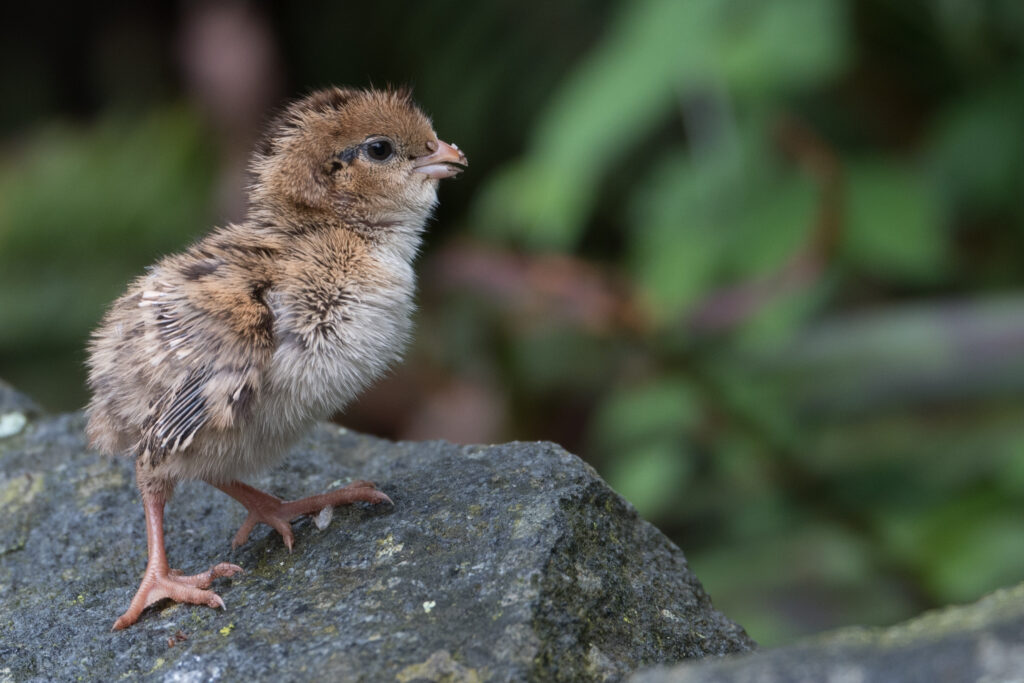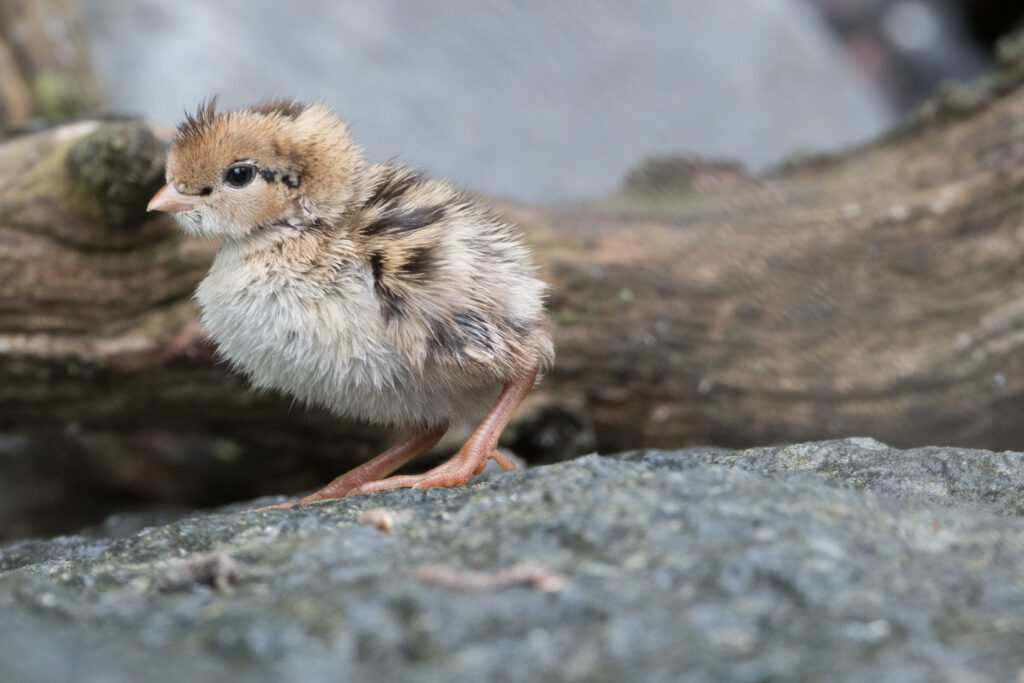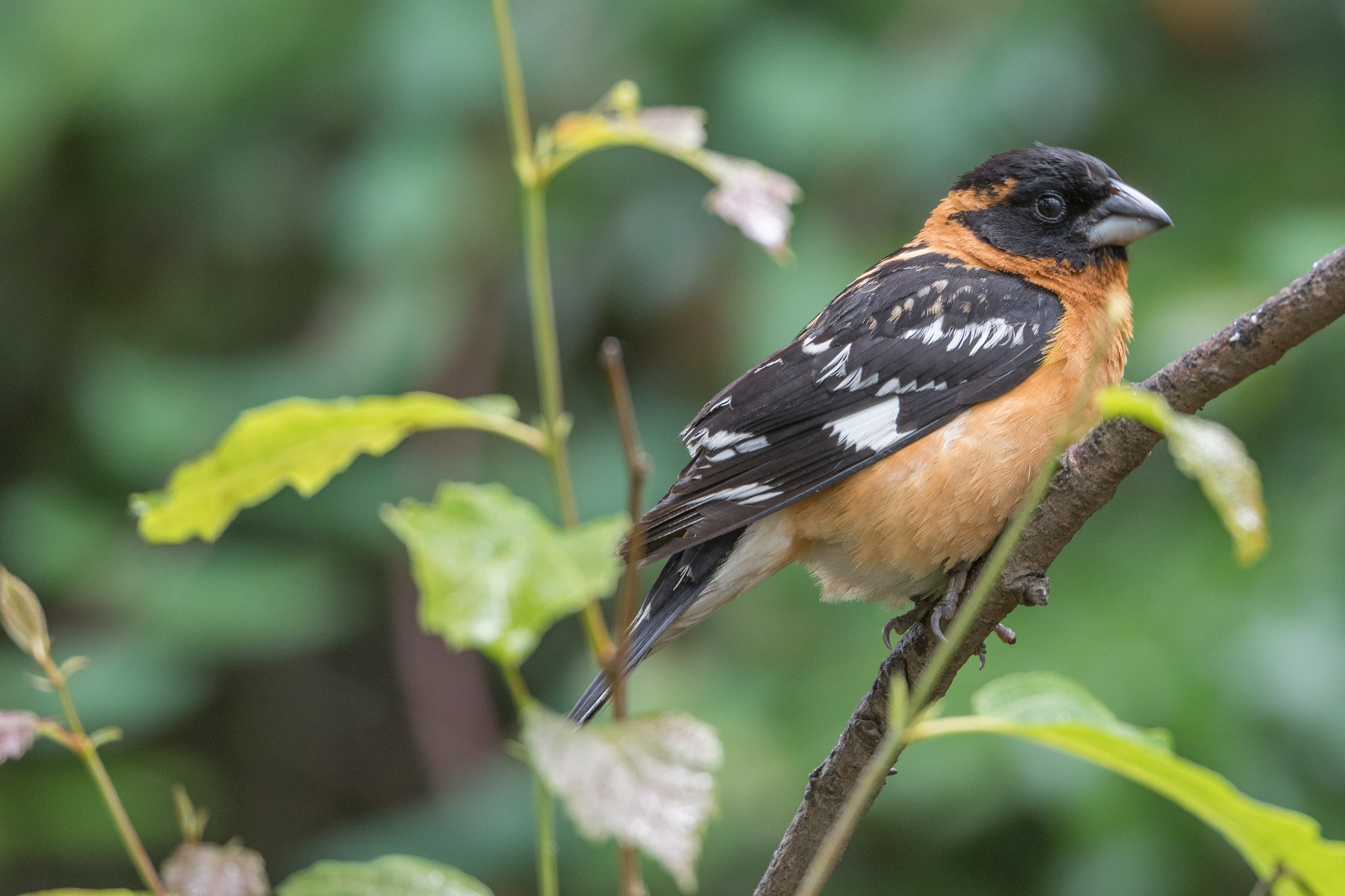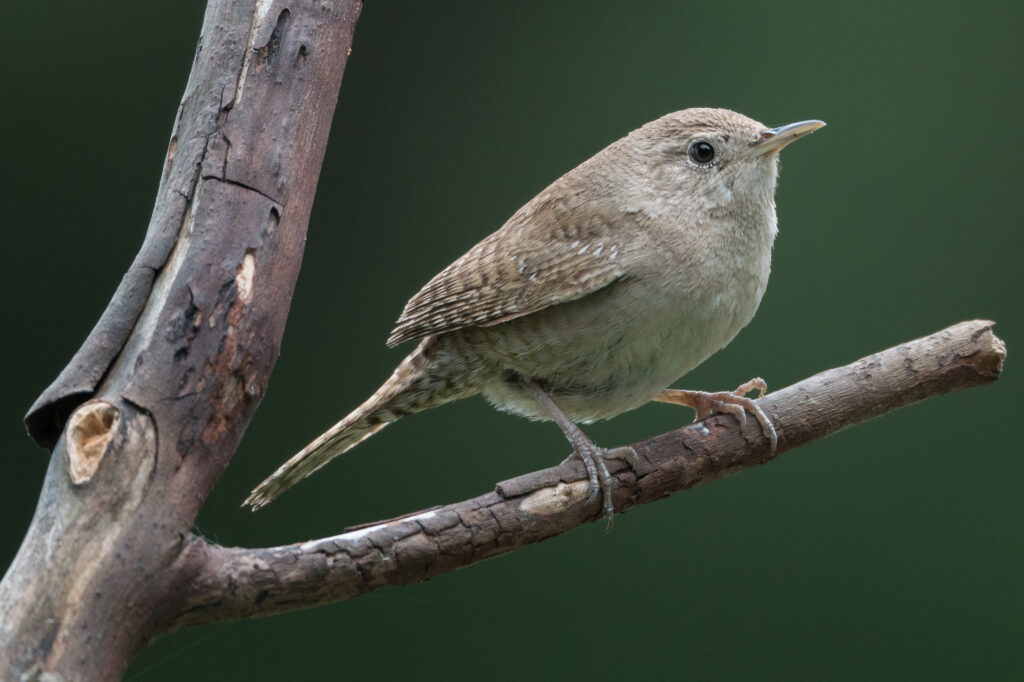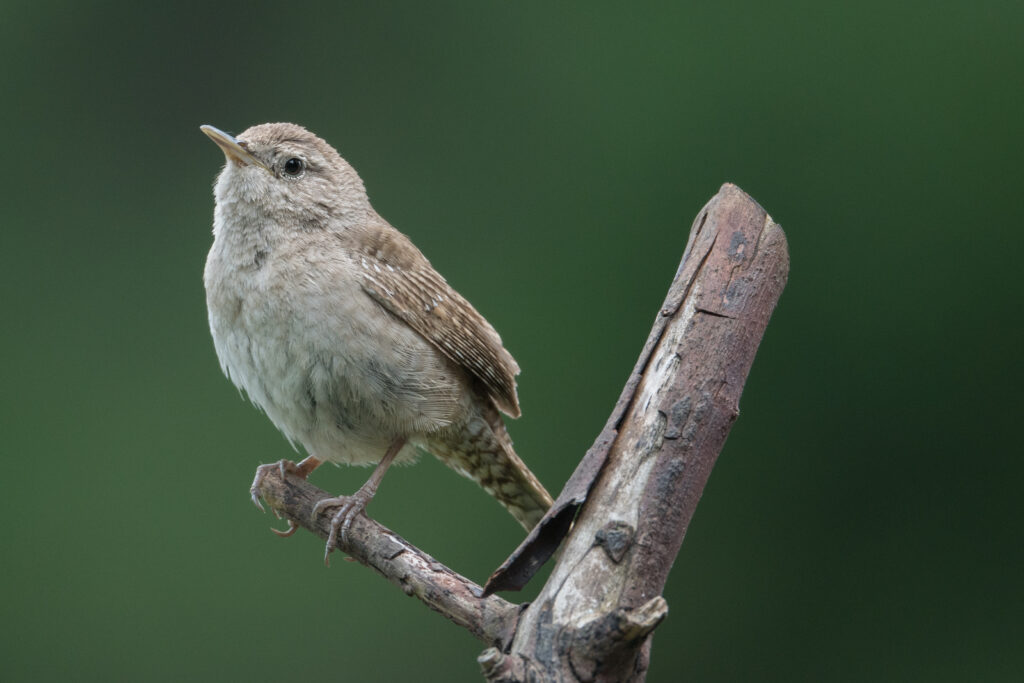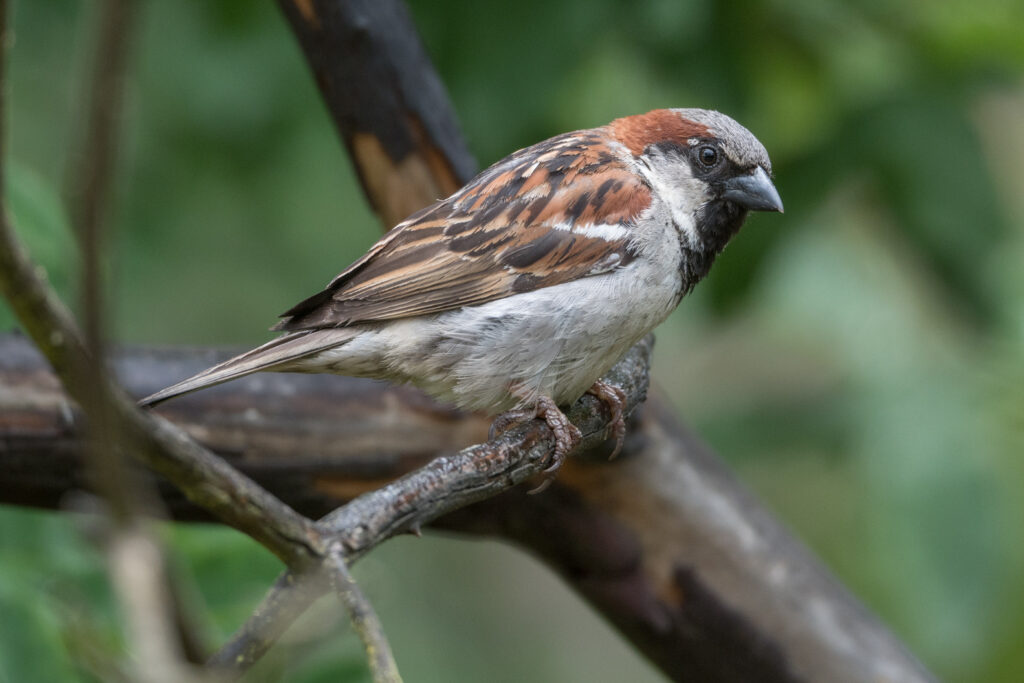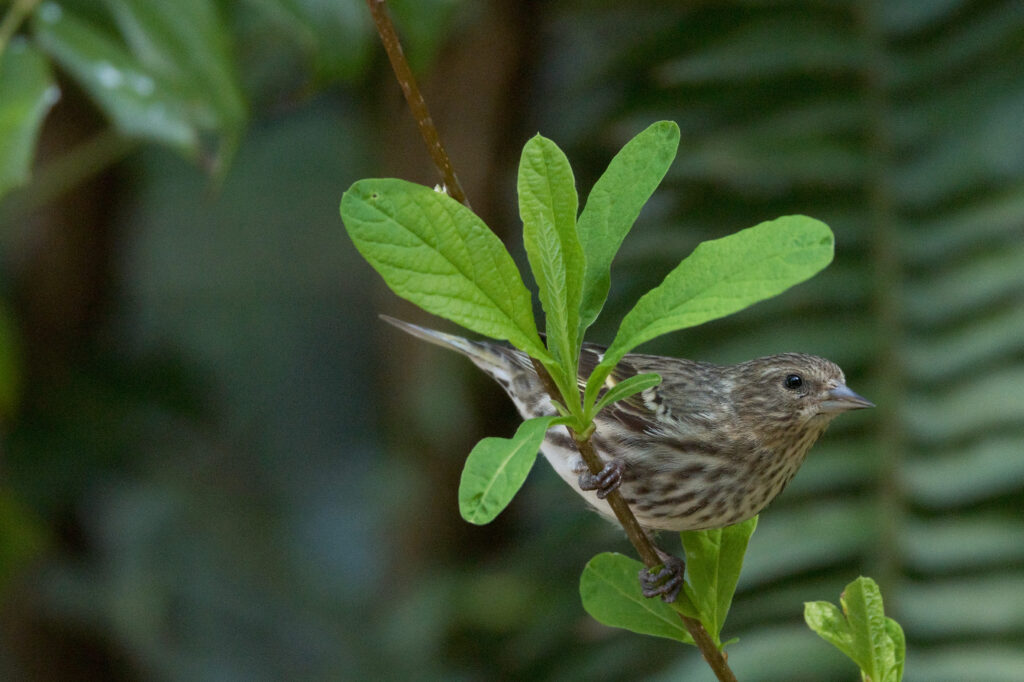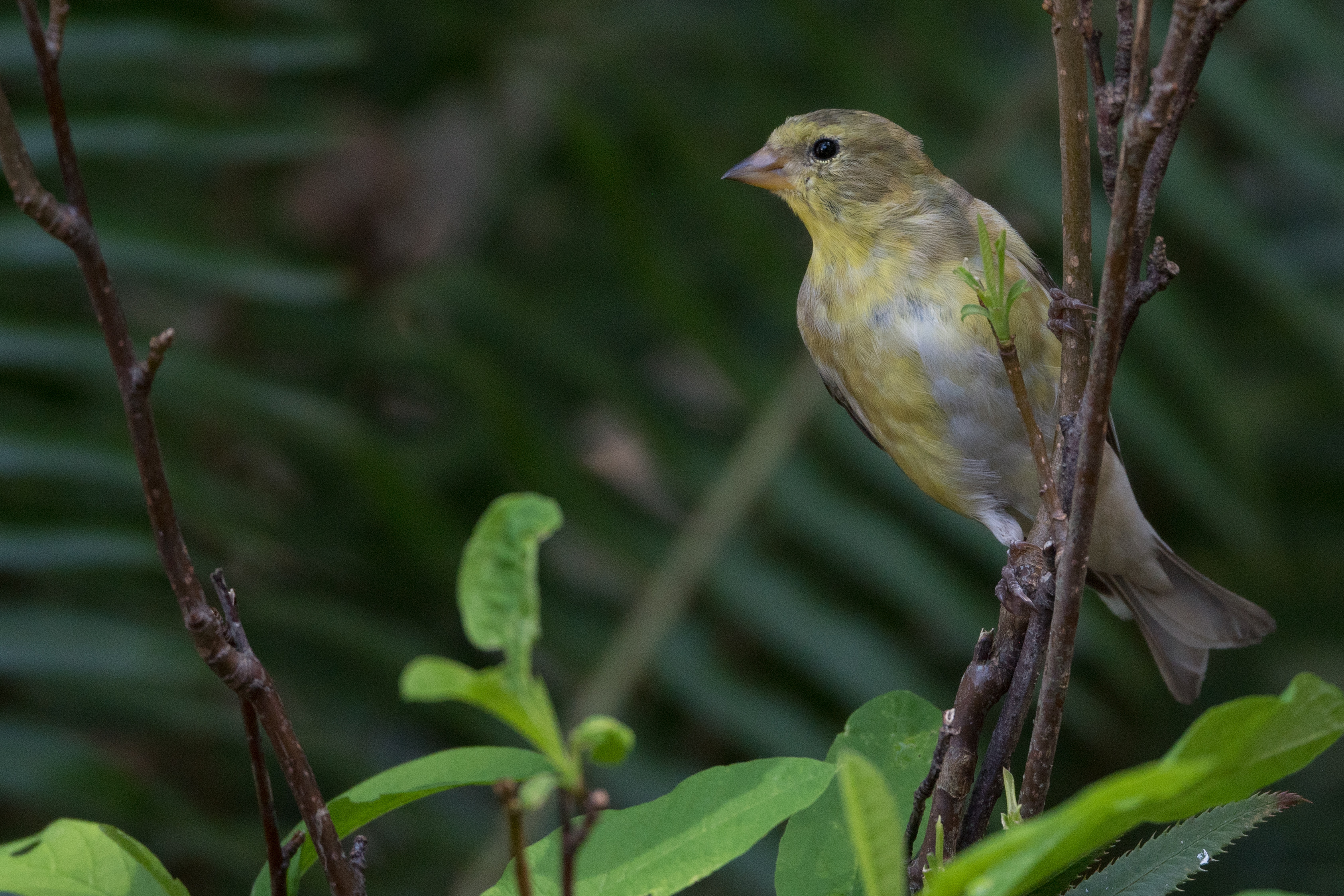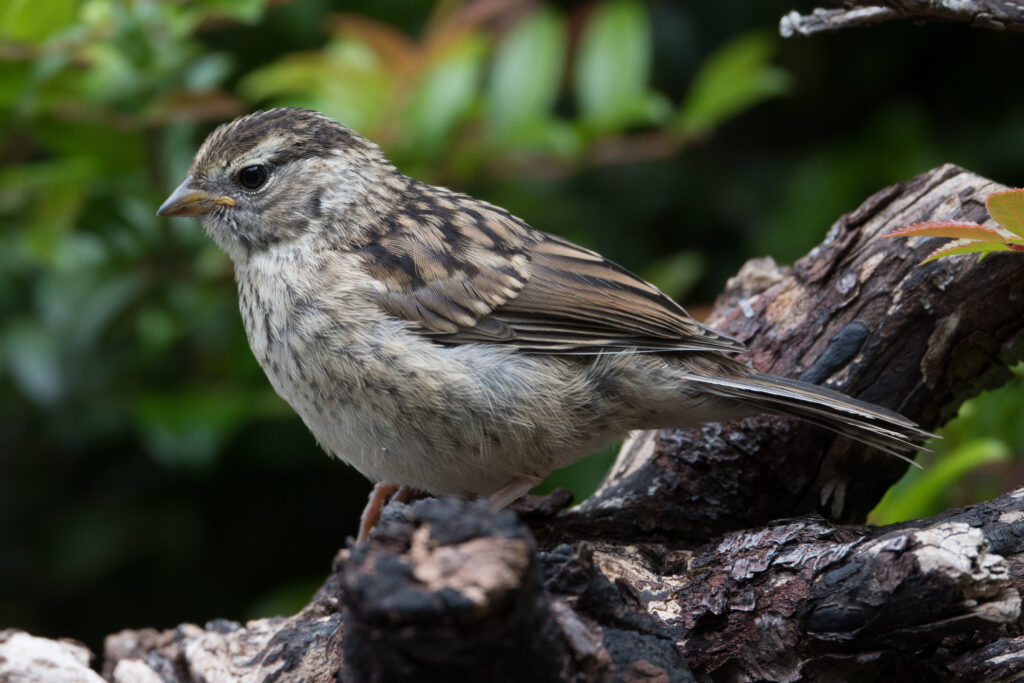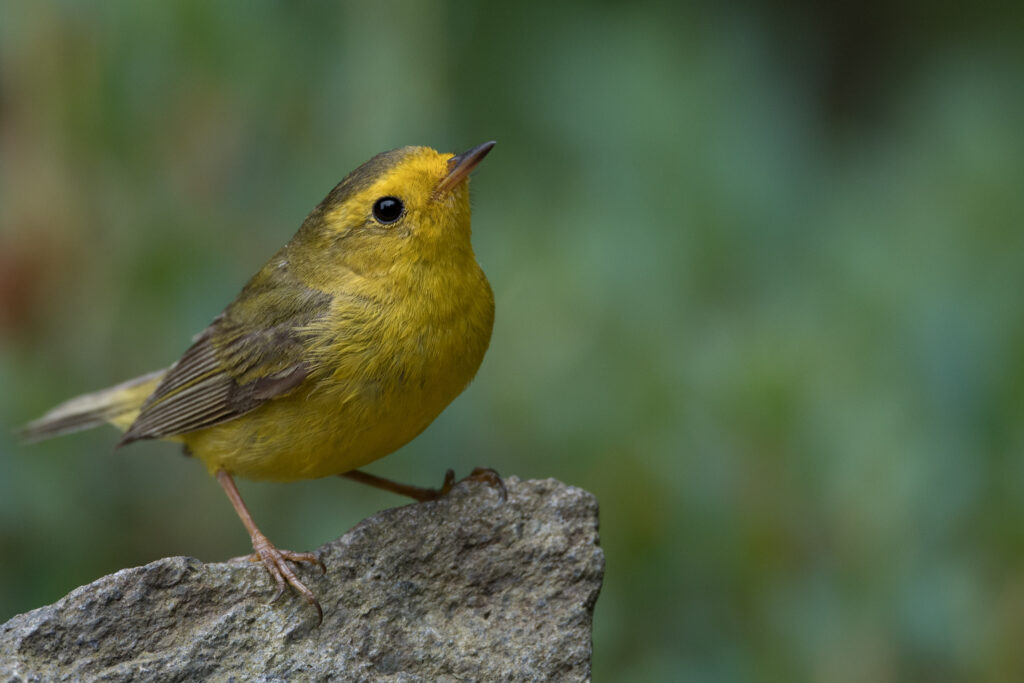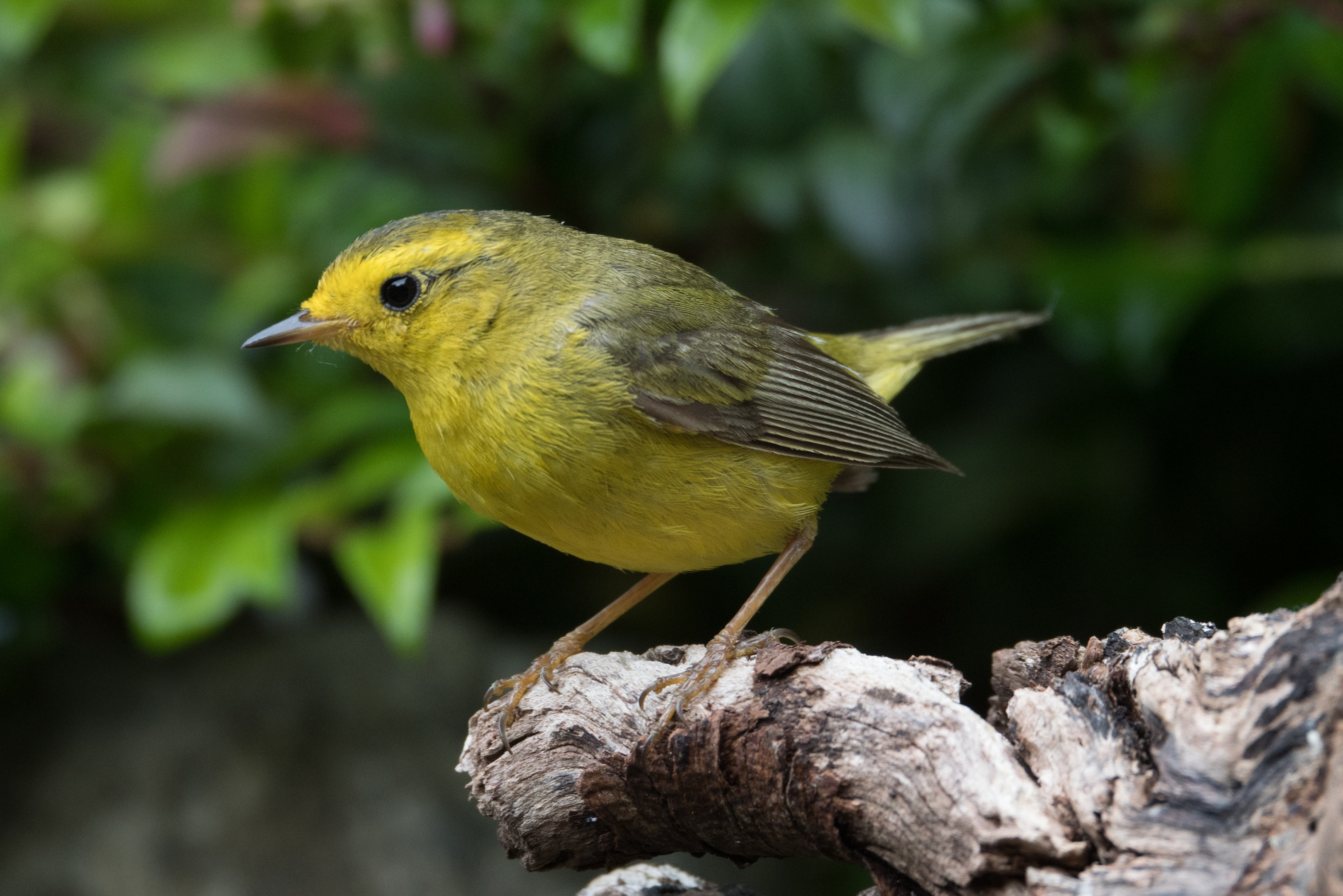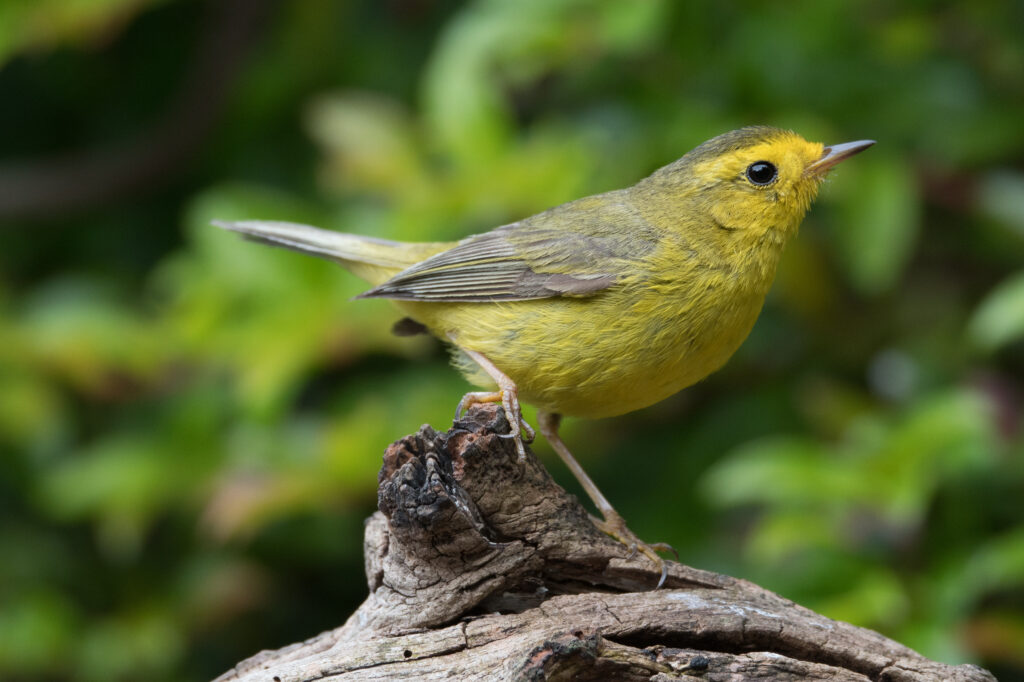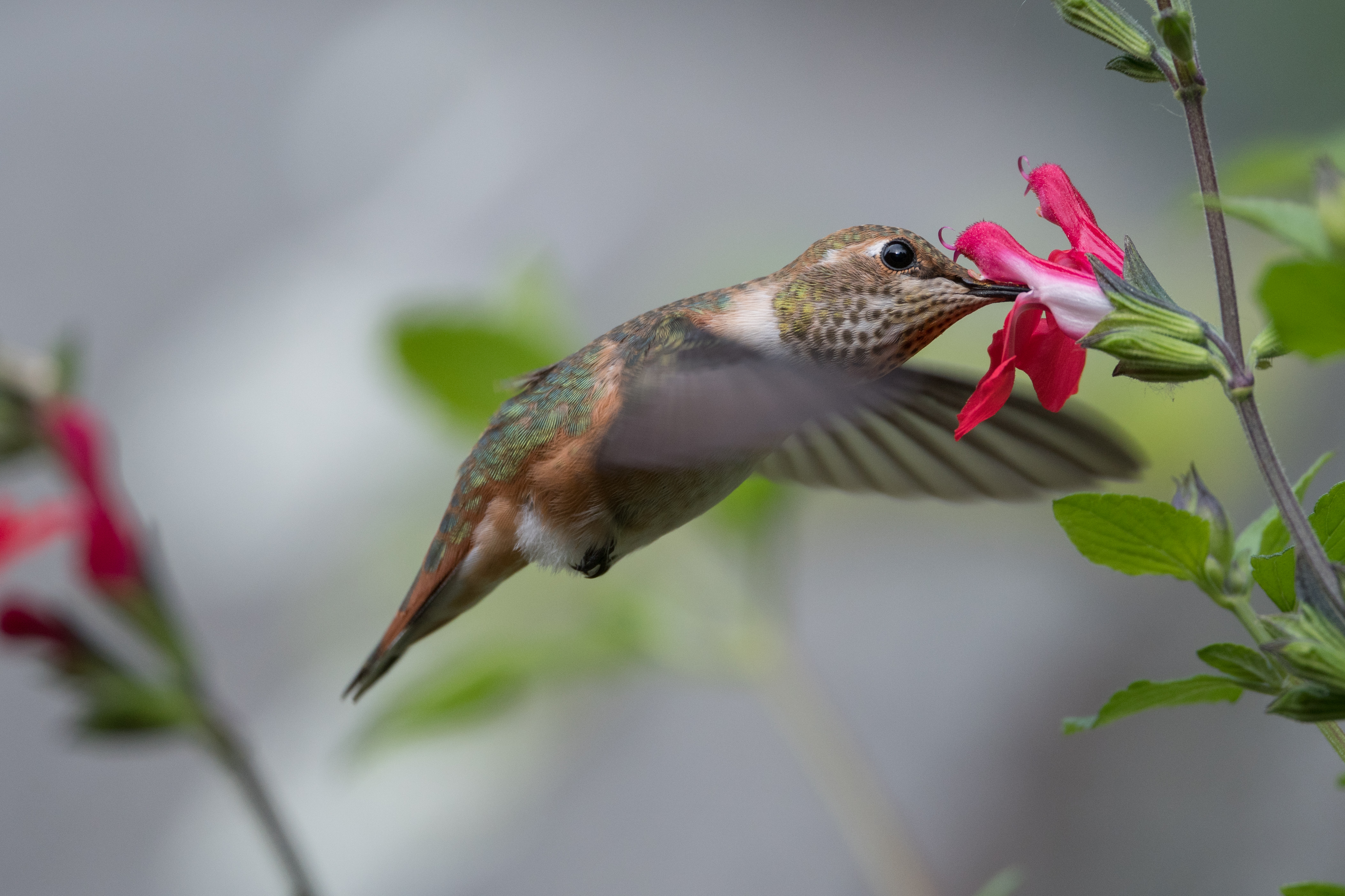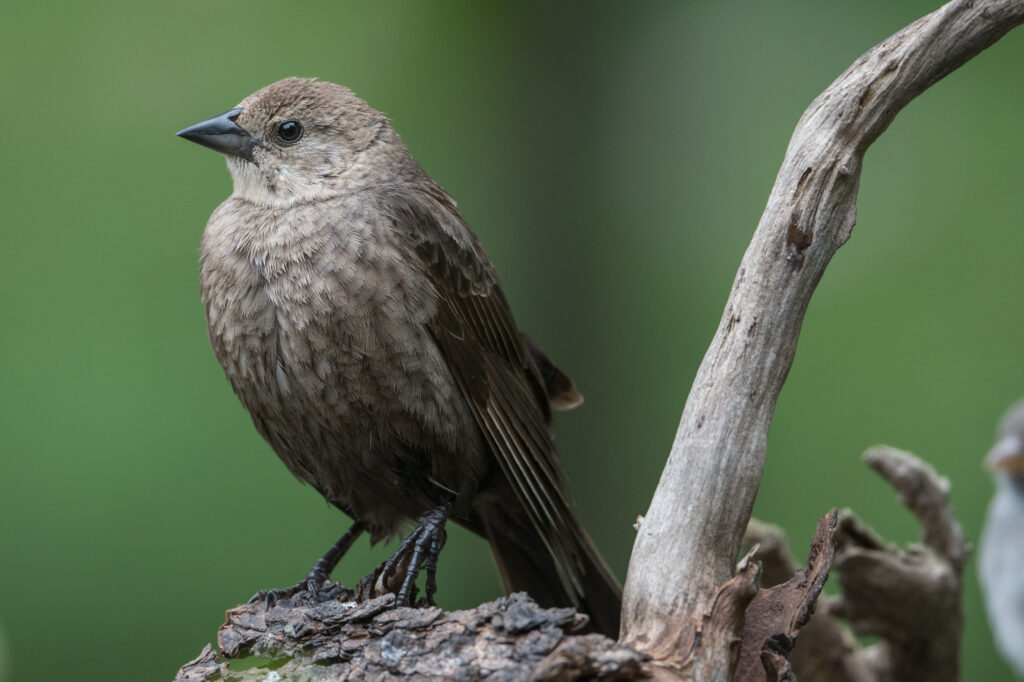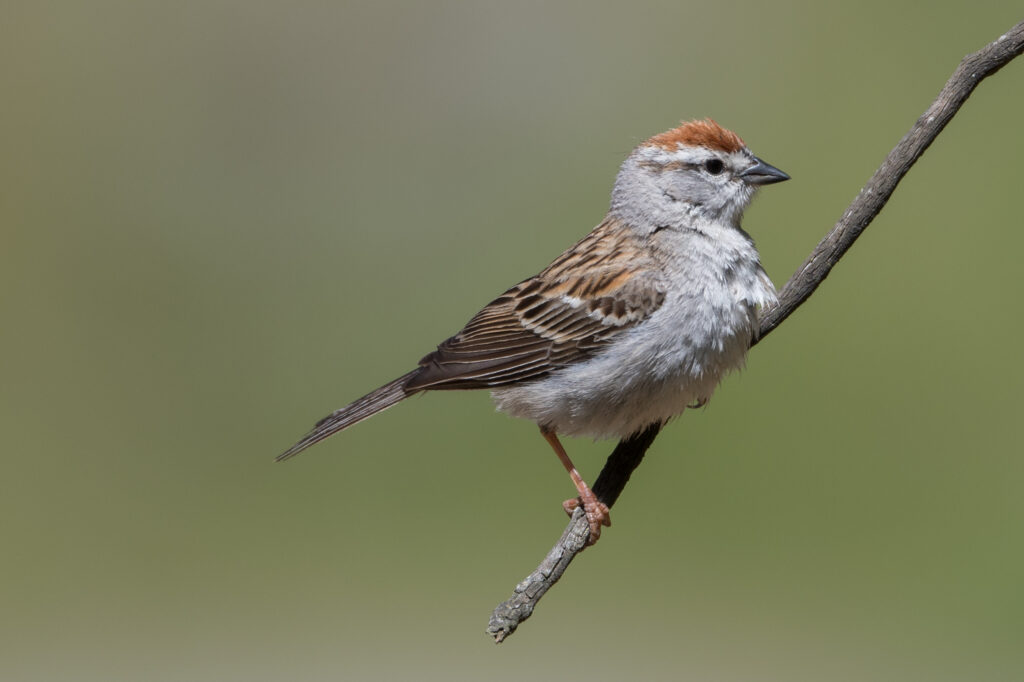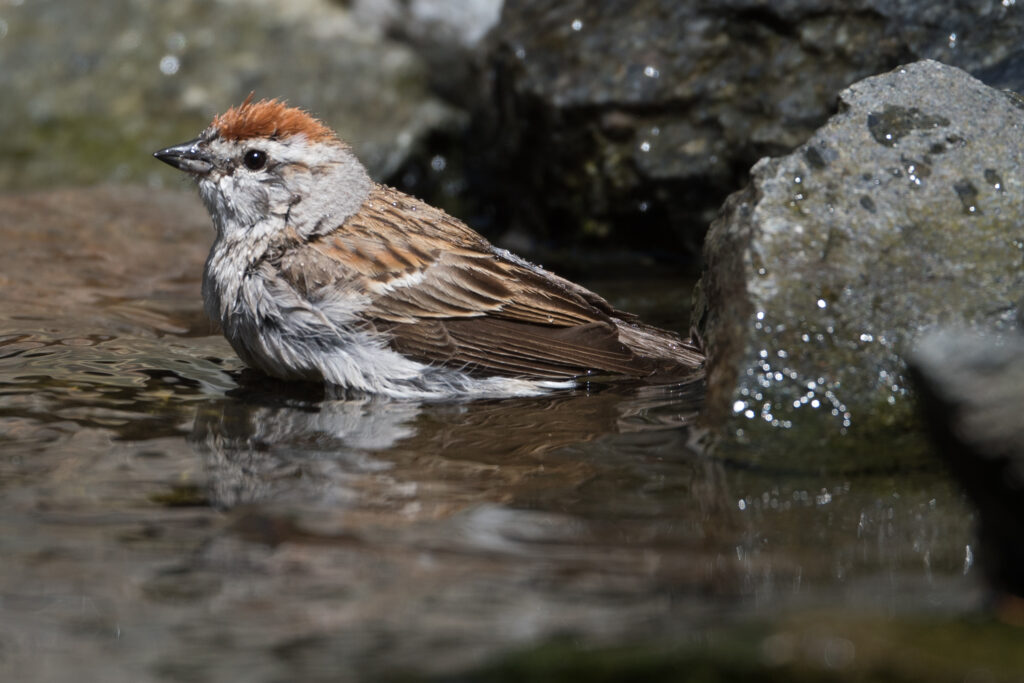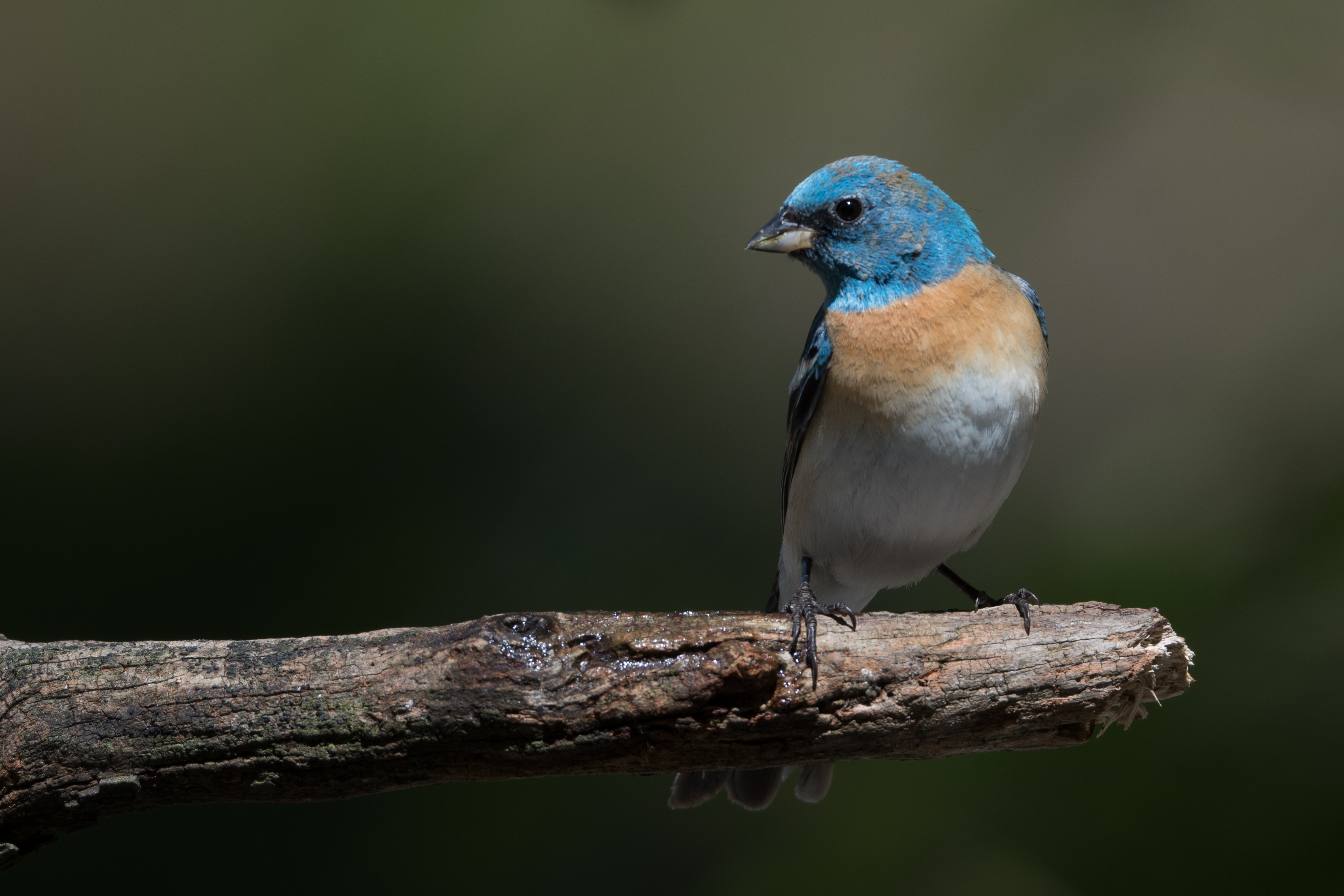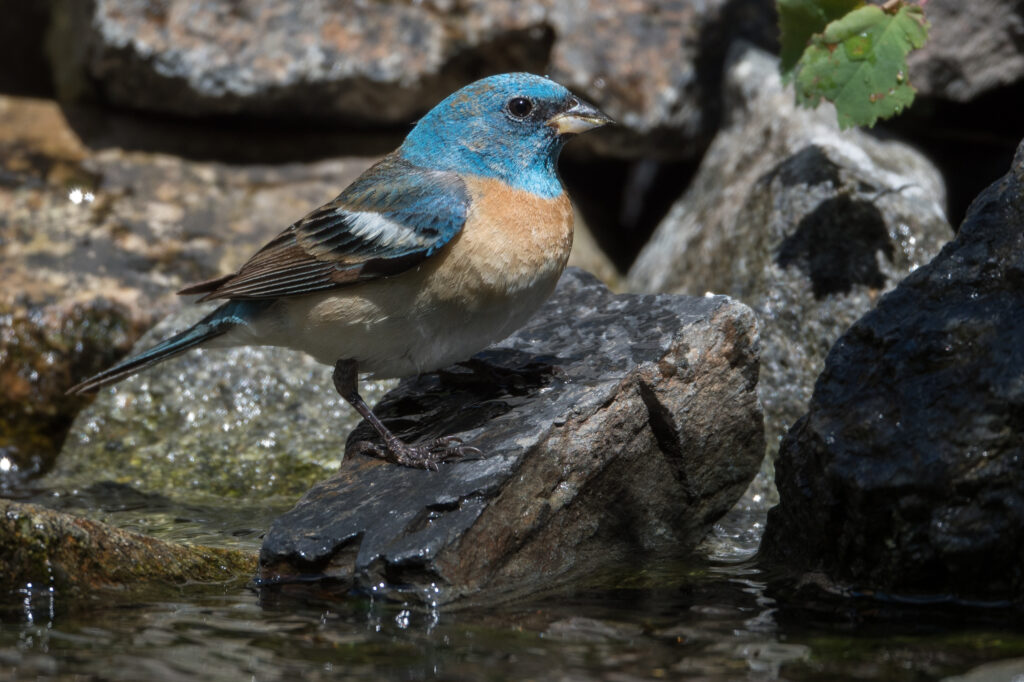In early June I had a cousin visit Anacortes for training relating to chartering a yacht. He told me that fellow classmates had video (with audio) of a male Northern bobwhite calling from a fence along the Tommy Thompson Trail. We were unable to transfer the video to my phone, and the cellphone image of the quail wasn’t definitive identification, but having lived in Texas for much of my life, the bird’s call was unmistakable! My cousin and I spent some time identifying where the video had been recorded and after some detective work we were successful. (The video had been taken due east of the Skateboard Park at 23rd Street.) But this was several days after the recording and the quail was gone.
On June 15 we had a plumber visit the house who knew I was into birding photography. He mentioned that he had seen or heard a Northern bobwhite near their facility located in the industrial area near 30th Street and west of the Tommy Thompson Trail. This indicated that the bird had ranged from about 23rd Street to 30th Street over the past couple of weeks (unless there are two of them!).
On the morning of June 18 my wife met with a discussion group outside at the Seafarer’s Memorial (about 16th Street) and contacted me, telling me that she heard a bobwhite in the area. I grabbed my camera and commenced the hunt. At one point I heard the bobwhite and figured that I was within yards of it but it was apparently in a very thick hedge and I couldn’t locate the bird. The vocalizations stopped and I began driving around attempting to locate the bird. I came around a corner in a parking lot and the bird was right in the middle of the street! Thus began a long period of photography but under less than ideal conditions (bright sunlight, deep shadows, intervening shrubbery, manmade background). It was apparent the bird had little or no fear of people as a couple of people walked past it when it was confined by a wall.
So here are a couple of photos I took of our wayward traveler. The bird’s natural range is from Texas west to the Atlantic coast, with perhaps a limited area or two east of the Cascades. How it got here in Anacortes is anyone’s guess!
